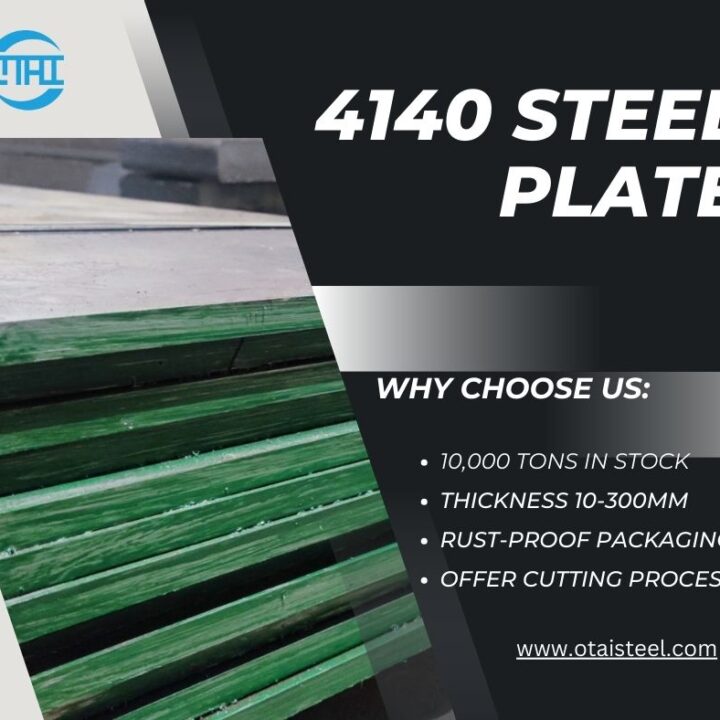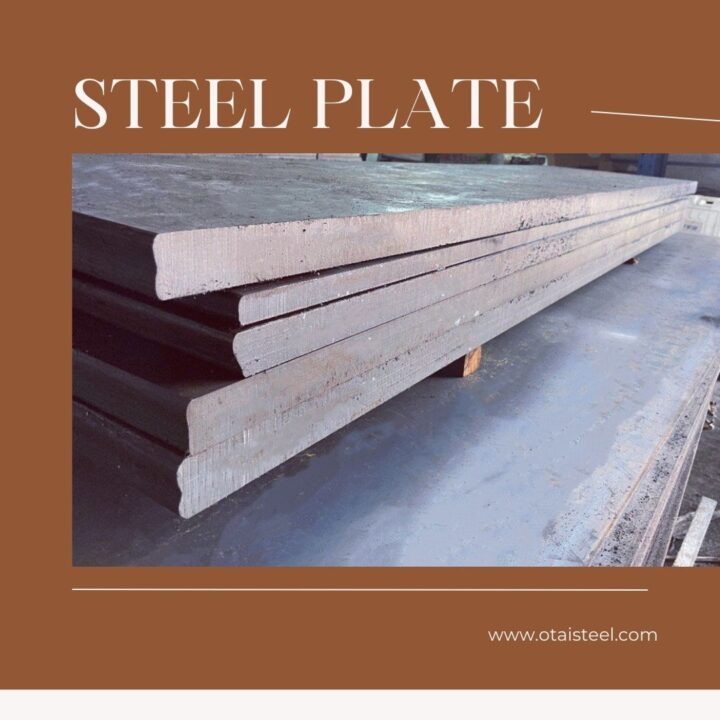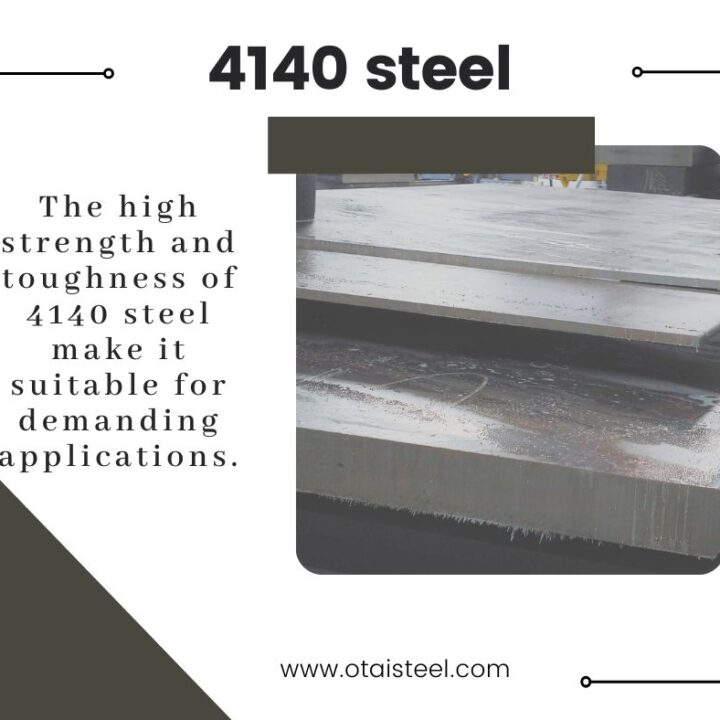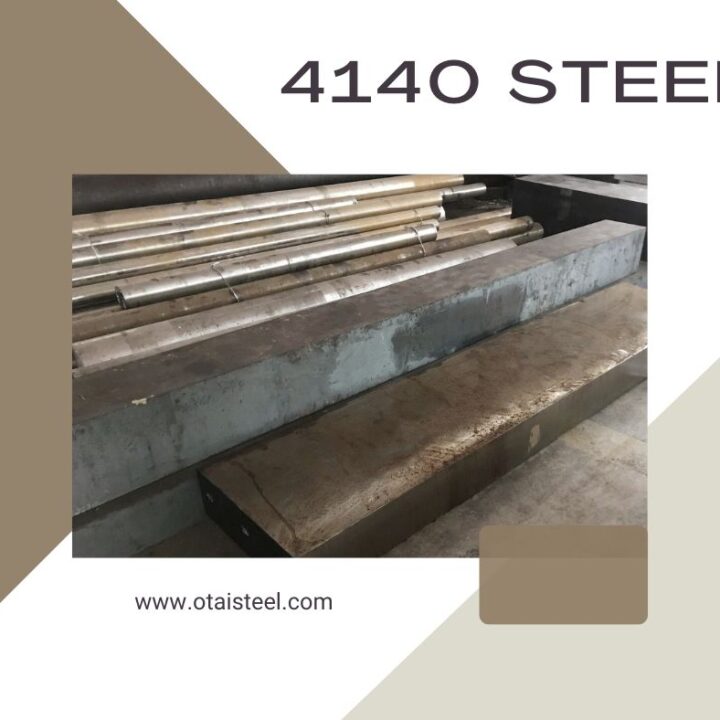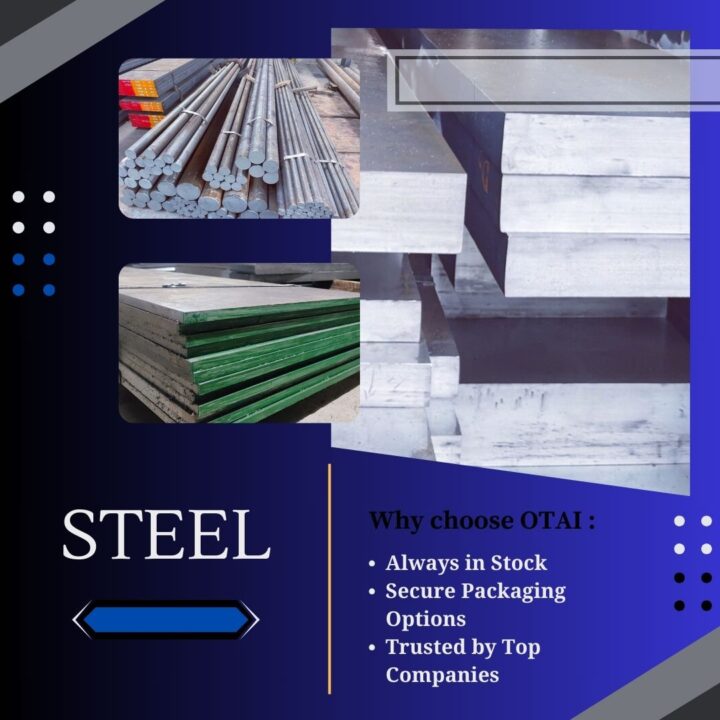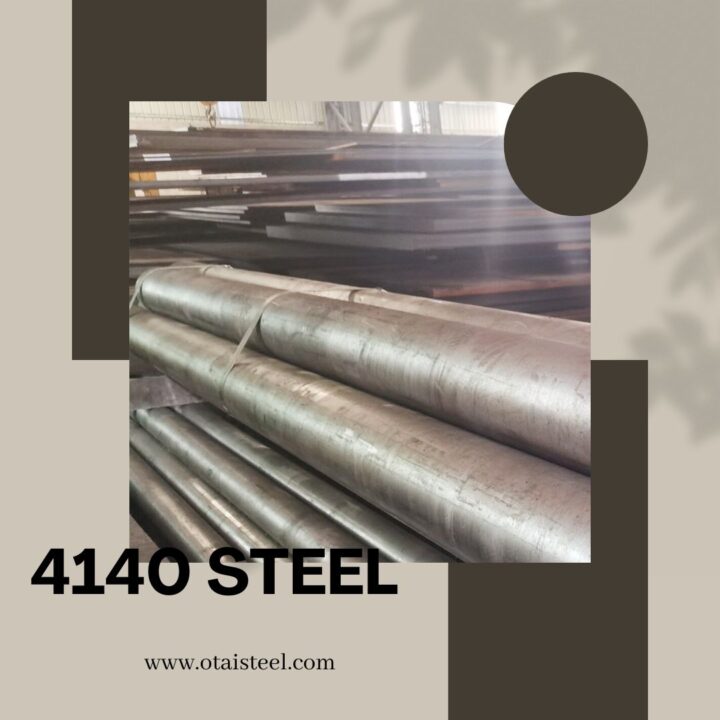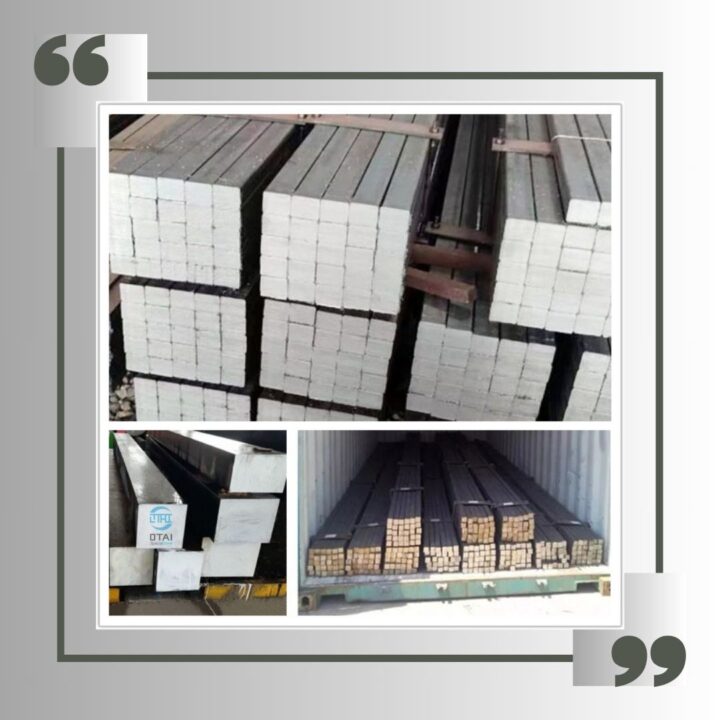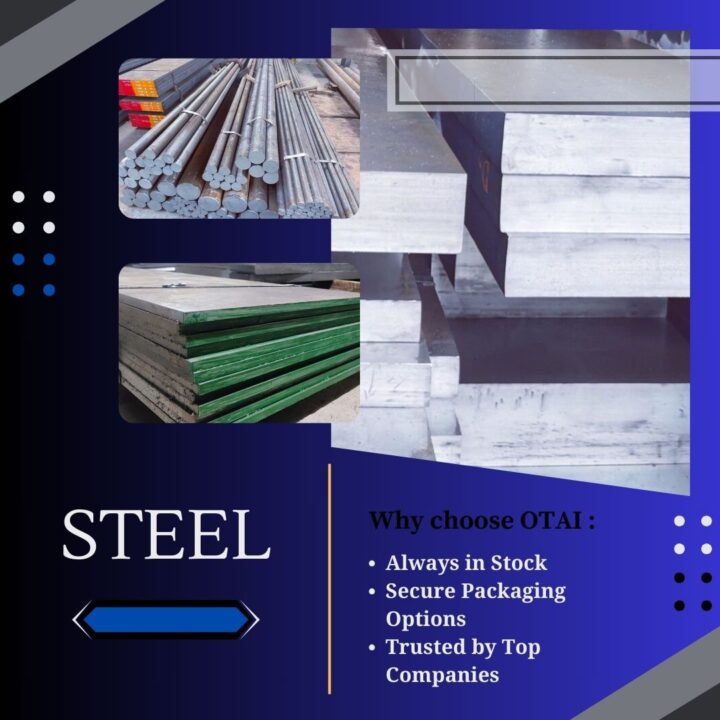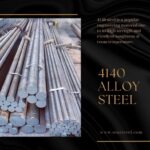Effect of different surface finishing techniques on the corrosion resistance of 4140 steel
Surface treatment technology plays a very important role in improving corrosion resistance of 4140 steel.
Corrosion will cause structural damage, reduce the mechanical properties of the material, resulting in the material to perform the maximum function. Therefore, the influence of different surface treatment processes on corrosion resistance of 4140 steel is a problem that people need to pay attention to.
Surface treatment processes can be broadly divided into two categories: physical and chemical.
Physical processing processes such as grinding, polishing and sandblasting. These rely on physical action to remove surface defects and increase surface area. Chemical processing processes such as passivation and electroplating. These add a protective layer to the surface of the steel to improve its resistance to corrosion.
The results show that the physical treatment process can improve 4140 steel’s corrosion resistance by removing surface impurities, reducing surface roughness and increasing surface area. The increased surface area allows for the formation of a more uniform and stable oxide layer that acts as a protective barrier against corrosion. Polishing, in particular, has been shown to significantly improve 4140 steel’s corrosion resistance.
Chemical treatment processes, such as passivation and electroplating, can also improve 4140 steel’s corrosion resistance. Passivation involves soaking steel in a chemical solution to form a protective oxide layer on the surface. Electroplating involves adding a layer of metal, such as zinc or nickel, to the surface of steel to provide a physical barrier against corrosion.
The corrosion resistance of 4140 steel can be improved by various surface treatment processes. Physical handling processes, such as polishing and grinding. Improving the corrosion resistance of the material by increasing the surface area and removing surface impurities. Chemical treatment processes, such as passivation and electroplating, can provide a protective layer over the surface of the steel. Thereby improving its resistance to corrosion. Choosing the appropriate surface treatment technique depends on the specific application and the environmental conditions to which the steel needs to be exposed.
